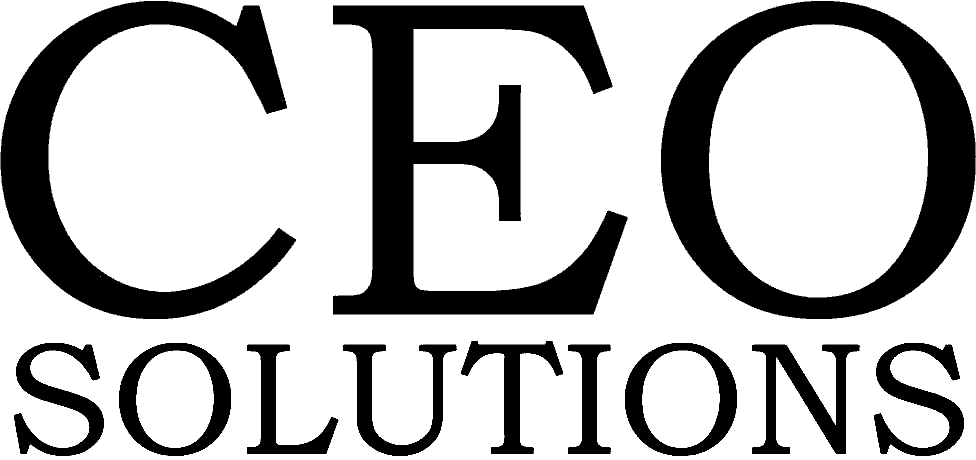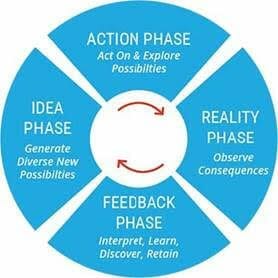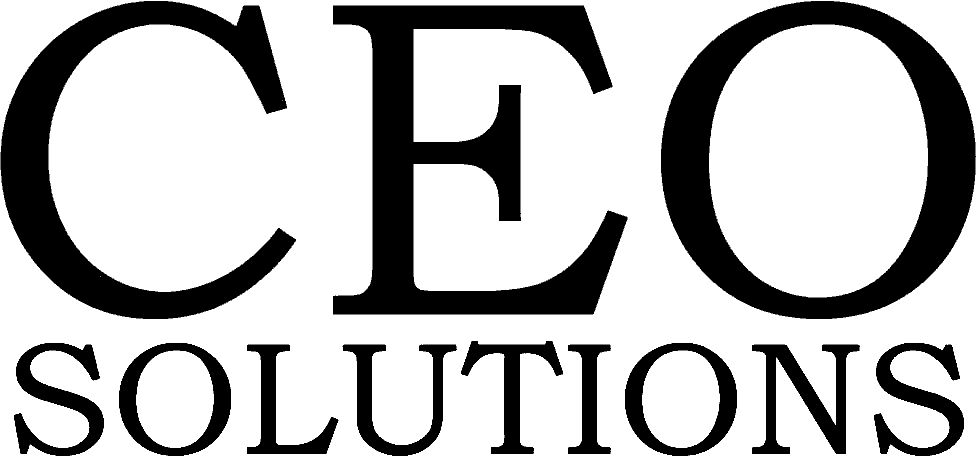To recap: In earlier blog posts, we’ve covered a basic overview of innovation, as well as the difference between the innovation cycle and status quo cycle.
In our executive consulting, the challenge of effective communication is always difficult for most, in one way or another. How do we, as leaders, continually improve our communications so we and our teams can be more effective, while eliminating the miscommunication and drama that often occur?
Let’s take a look at the Innovation Cycle as a model for continually improving communications.
An example: David is an executive VP and Erin is a high performance producer under his direction. Both are valuable to the organization, yet have very different personalities, viewpoints and thinking processes. Thus, there seems to be a significant disconnect in their communication at times.
How might the Innovation Cycle model a way for David and Erin to improve their communication?
Phase one is the Reality Phase where we turn to observation and seek new insights.
Phase One: The Reality Phase, in which we observe and seek new insights.
David focuses on observation of how he communicates and how Erin receives his communication. Because he is not in “detect-correct” mode, he can note Erin’s reaction to tone, words, body language or directive wording. He sees that certain words elicit a negative physical response and a defensive nature from Erin.
Phase Two: The Feedback Phase, in which we take our new observations to heart.
David evaluates the new information gathered in phase one to try and determine why and how his communication might elicit such responses from Erin.
Phase Three: The Idea Phase, in which new knowledge and insights lead to new ideas or applications.
David formulates a new and different way to communicate with Erin, eliminating certain words and deciding to experiment with others.
Phase Four: The Action Phase, in which we experiment and undergo a period of trial and error.
In their next encounter David utilizes his new approach to see whether Erin’s response is different. This ultimately places him back into the first phase, and the cycle continues.
Over the next several weeks, David continues to utilize the Innovation Cycle in seeking better ways to communicate with Erin. As a result, he finds four specific actions he needs to eliminate and six new ways to communicate that, in turn, helps Erin to open up and communicate on a more effective level.
Now, many will say, “Isn’t that what we all do?” Unfortunately, we don’t fully complete this process as often as we think we do. When “detect-correct” is our primary operational mindset, we utilize what is known. Experimentation is not usually valued at the same level as status quo.
David had to break out of this mindset to open up new possibilities he had not explored before. He had to eliminate the old habits he had developed in working with others, because the methods were not effective with Erin’s thinking style and process.
Innovation is not just about product or idea development. It is a mindset – one that can be changed and developed IF the right environment is provided. Time and effort must be invested in experimentation in order for true innovation to occur.
In this case, a very high performance employee is retained and becomes even more productive. Further, a leader’s stress and frustration is reduced, and he becomes a more effective executive because of his newly developed insights and skills.
If you want better communications at the executive level, we urge you to give the Innovator Cycle a try!
Stay tuned for our next post, when we’ll discuss ways to develop an Innovator culture throughout your company.
For more on the InnovatorMindset® contact H. Goerger & Associates Inc. dba AskHG, one of the first to be certified in the nation.
InnovatorMindset® is the property of Dennis Stauffer, www.InnovatorMindset.com



